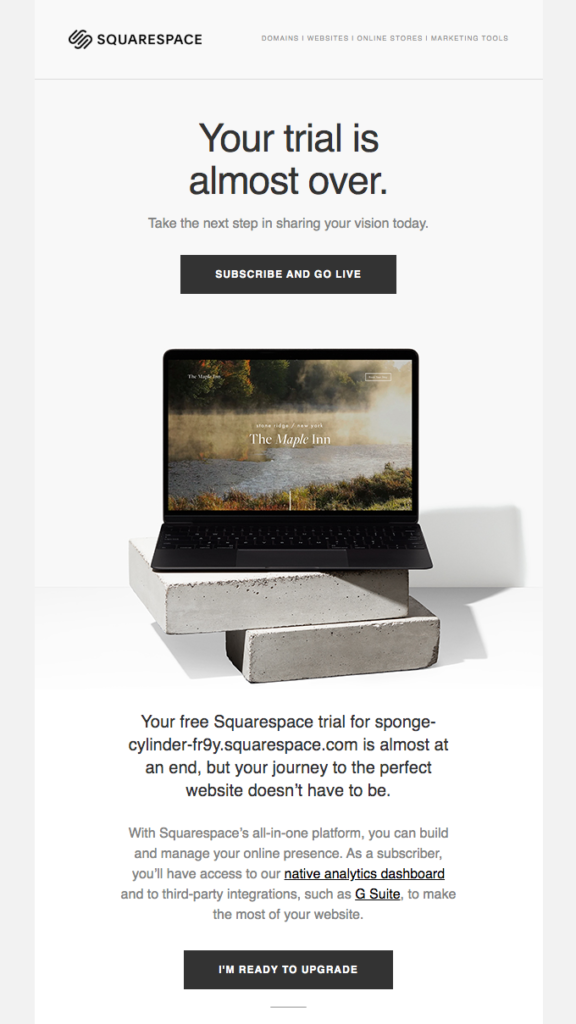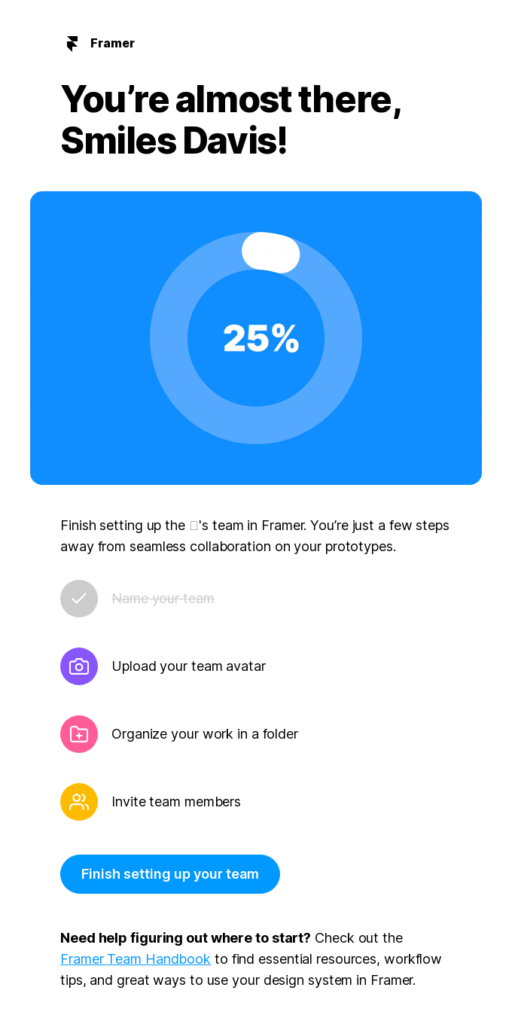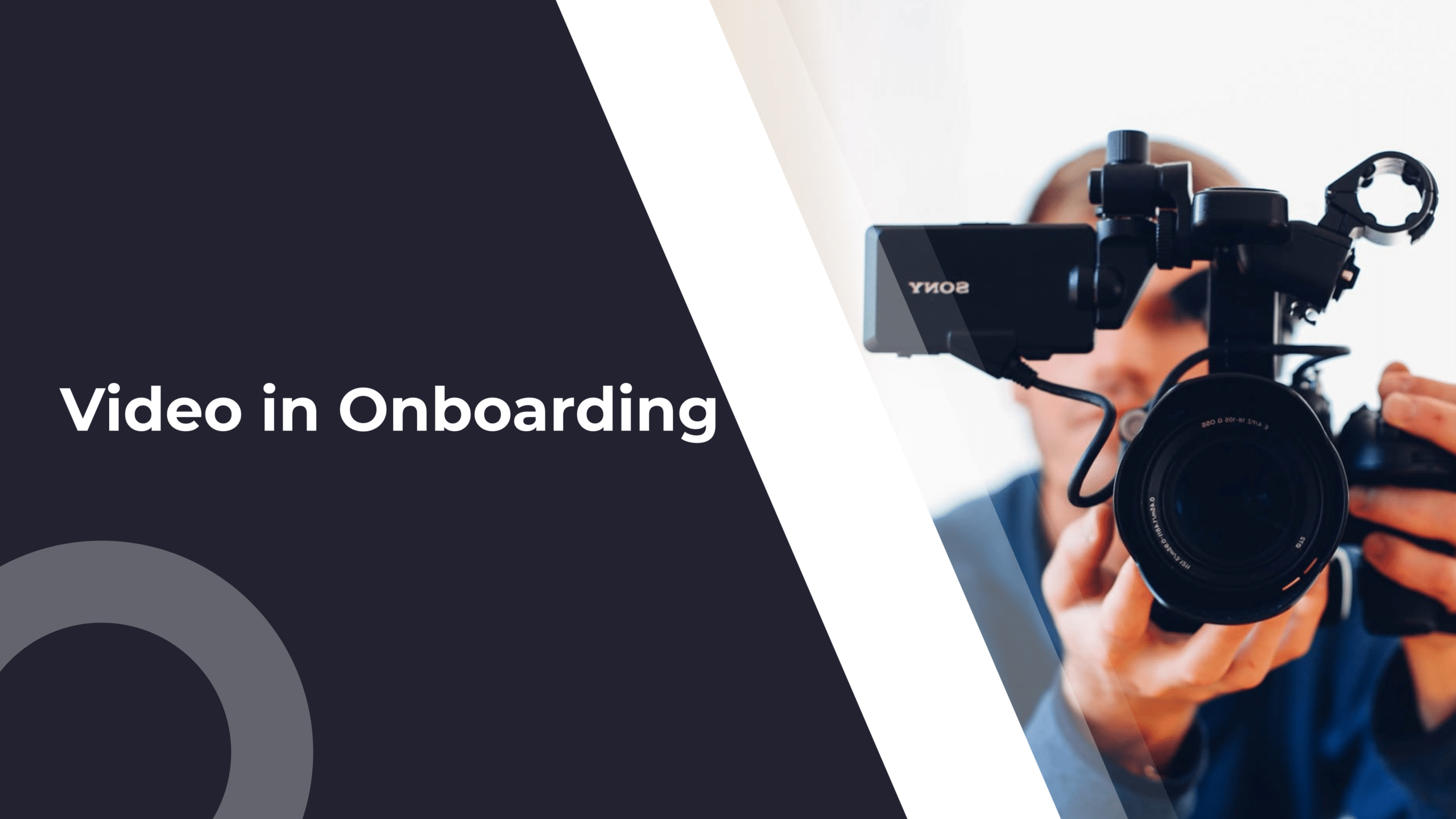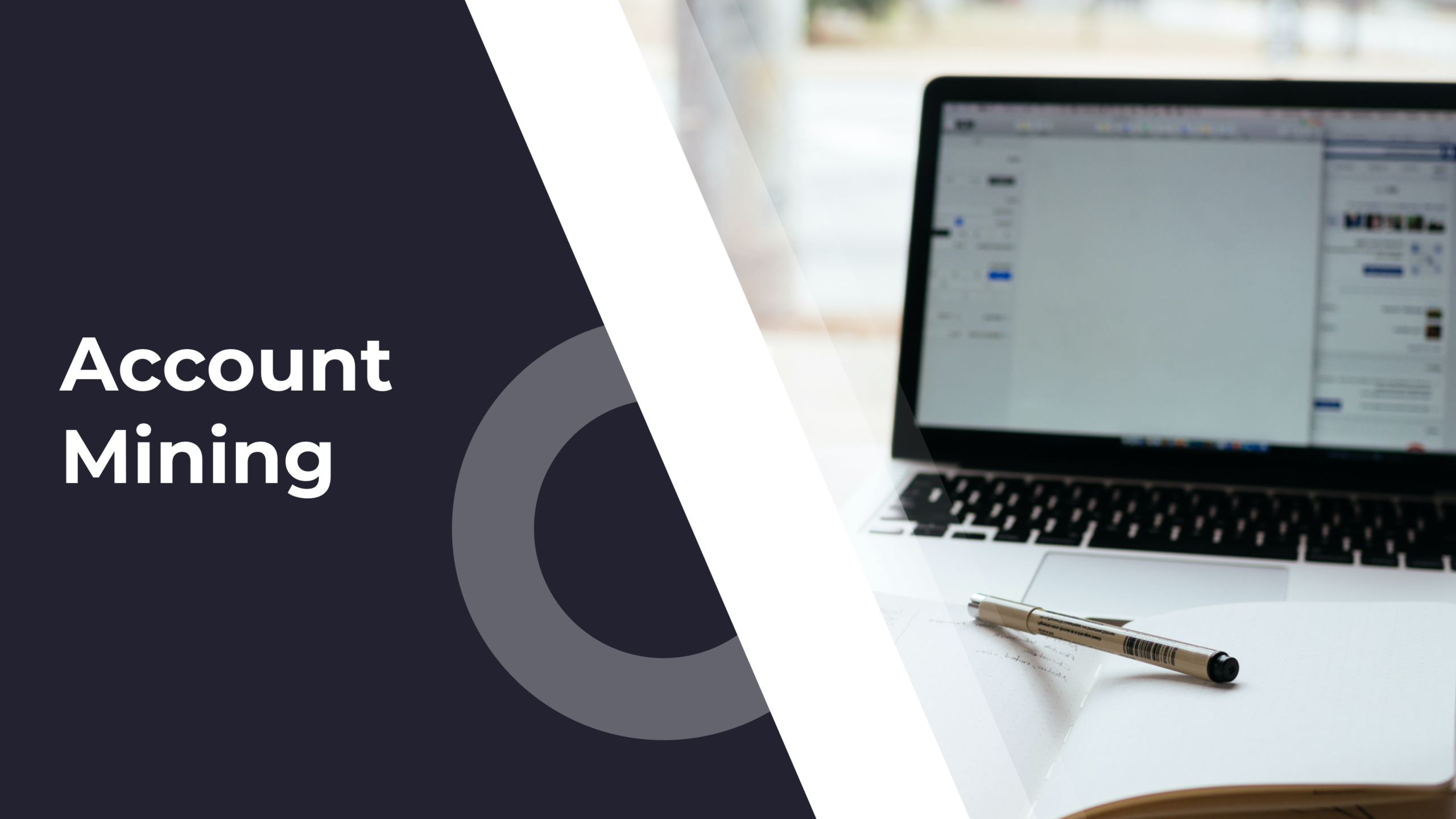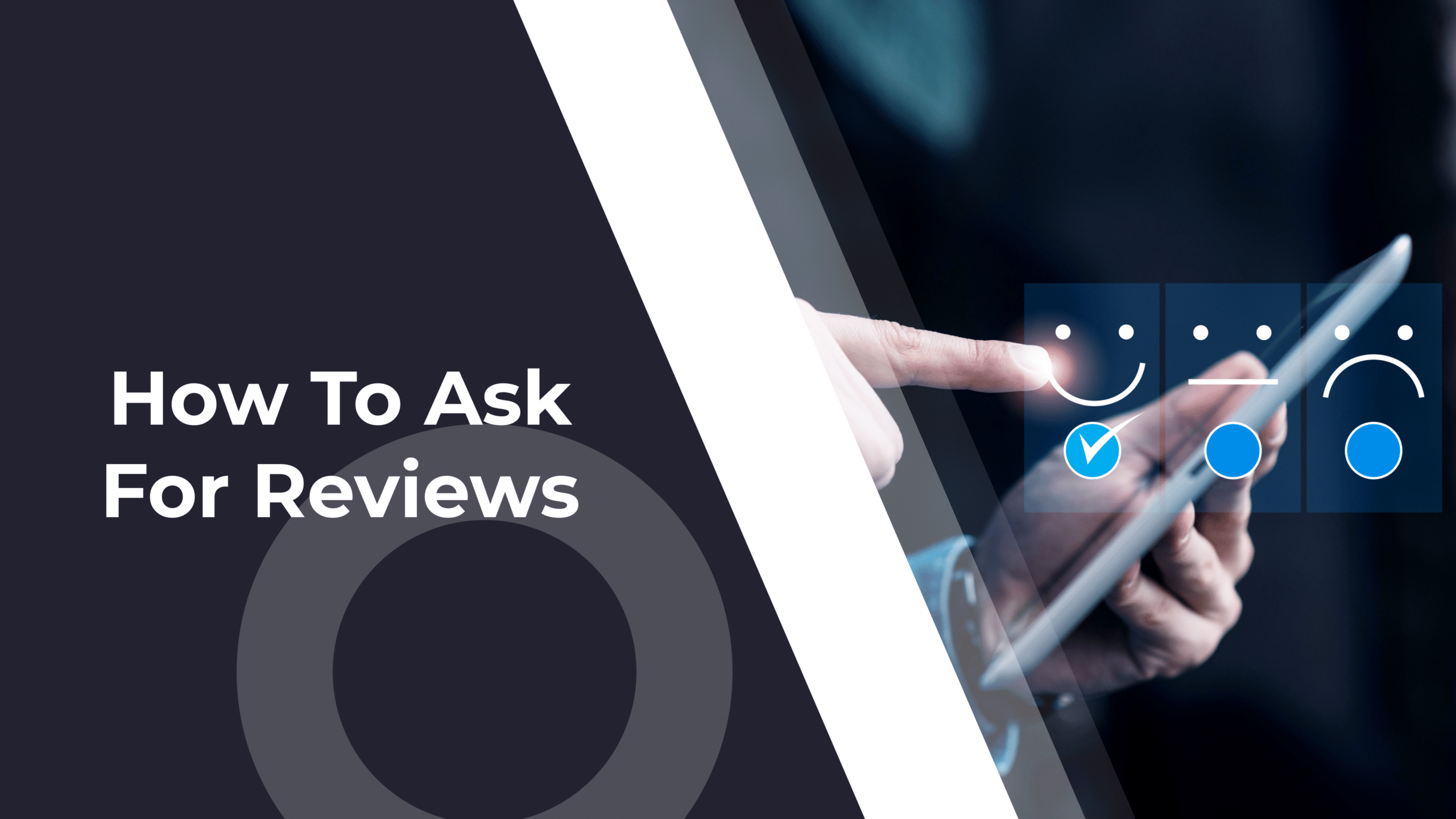Are you overwhelmed with the marketing trends and techniques you need to adopt as a SaaS business marketer? Don’t worry! In this article, I will shed light upon the best email marketing strategies for SaaS that are relatively cost-efficient yet help you boost conversion rates.
As SaaS businesses’ customer journeys take way more time and effort than other businesses, you must always seek opportunities to turn leads into customers and increase revenue quickly as a SaaS company marketer or owner.
This is when email marketing comes into play. Adopting the best email marketing strategies allows you to easily understand your customers, their needs, and problems and easily provide a fix.
Let’s get started!
Why is SaaS Email Marketing so important?
The process of promoting SaaS products or companies through email channels is known as SaaS email marketing.
With SaaS email marketing, you contact potential customers to convert to your product at each stage of the customer journey.
SaaS Email marketing can be a great strategy to persuade potential customers to buy your products or services. Some of the benefits of SaaS email marketing include the following:
- Increase in website traffic: Email marketing increases website traffic, which further increases the chances of conversion. You can direct website visitors who have already expressed interest in your brand to your website and nurture them with excellent content by developing top-notch email campaigns.
- Boost authority: Consistent email outreach can help you differentiate yourself from the competition by promoting and informing your audience about your service leading to an increase in ROI.
- High ROI: Emails have a significant impact on boosting ROI. A big difference can be made by sending timely campaigns to prospects who are prepared to buy.
- Allows for a personalized marketing strategy: Using specialized features like custom fields, email marketing enables you to share customized material with your customers.
- Enables businesses to reach a wider audience: Through SaaS email marketing, you can easily connect with a wider audience through emails and even collect customer feedback.
- Relatively inexpensive: Email marketing is relatively inexpensive as you can promote your brand through emails and benefit from it without spending a huge sum of money.
What are the categories of SaaS Email Marketing Strategies?
SaaS email marketing isn’t a one-size-fits-all strategy. It has different email categories, and each email marketing strategy has its specific goal.
Here are the categories of SaaS email marketing strategies:
1. Marketing Email
SaaS companies educate, nurture, and inform leads about their products using marketing emails. Such emails are always consent-based.
Your marketing email list is a group of users who have provided you consent to send emails as they might have subscribed to your email list, registered for your webinar or a lead magnet. These addresses are not always valid so you should clean email list from time to time.
Additionally, your email marketing list might also consist of users who are either trial participants or paying clients so they can be updated about your product marketing schemes.
Expanding your list and turning leads into product trials are the main objectives of marketing email strategies.
Here are the emails and campaigns you may send to your marketing email list.
- Lead nurture campaigns: Send every new lead a lead nurturing campaign to familiarize them with your business, culture, and essential information by adding new leads to your email list.
- Lead magnets: Use lead magnets to attract visitors to subscribe to your email list and turn them into cold leads.
- Promotional emails: To increase your customer attraction, let them know about your most recent marketing initiatives.
- Evergreen sales campaigns: A drip campaign with many emails is an evergreen sales strategy. Such a campaign draws attention to the issue and markets your products/services as a fix to the issue.
- One-time broadcasts: One-time broadcasts are one-off emails you send, like product announcements, newsletters, webinar invitations, etc., to a targeted set of people, such as leads or customers.
- Evergreen newsletter: This campaign uses a time-based drip strategy to distribute most of your educational content.
[Source]
2. Lifecycle Email
Any emails that are sent to users after they sign up for your product/services are referred to as lifecycle emails. These emails support user activation, retention, and recommendation.
Here are some situations where a lifecycle email marketing strategy is used.
- Assist user onboarding
- Reactivate inactive customers
- Encourage annual billing
- Turn free trials and freemium customers into paying users
- Share discount codes, giveaways, and referral connections.
- Recover failed payments
- Conduct surveys by asking for feedback, reviews, and case studies
- Send cancellation questionnaires
[Source]
3. Transactional Email
A transactional email is an automated, non-promotional email sent to a specified recipient and is prompted by events, interactions, or preferences inside a service.
This type of email is sent after that person completes a business transaction or other specific activity, such as making a purchase in your connected store or requesting a password reset.
Some common examples of transactional emails are welcome emails, confirmation emails, password resets, billing notifications, unpaid invoice alerts, updates on products, etc.
[Source]
4. Cold Email Outreach
Sending a potential consumer an email without their consent when they don’t know you or your company is known as cold email outreach. Cold email outreach is a frequently used digital marketing technique, especially for product marketing to promote the products a company has to offer.
However, this kind of marketing strategy might sometimes backfire as consumers might not like receiving unwanted emails. Thus, whether you want to include this marketing strategy in your business is your choice.
[Source]
25 Best Email Marketing Strategies for SaaS
Here are 25 proven SaaS email marketing strategies to get on track and stay ahead of your competitors in 2024.
I. Automated Email Marketing Strategies
Automated email marketing assists in dealing with multiple leads without any hassle. This ultimately leads to better productivity and growth inside the organization.
The four email automation strategies crucial in SaaS businesses are email autoresponders, drip campaigns, dynamic email automation, and email personalization.
1. Enable Email Autoresponders
Email autoresponders are such features that automatically send an email to a lead once they perform a certain action. For instance, if you are a lead or user and sign up for a certain plan, you will receive mail from the company, either instantly or after a set period of time.
Most leads can be converted into customers with instant and proper interaction. So these types of automated responses are important as they help the leads to figure out the next process or about the product.
To create an autoresponse email sequence, you can take the help of ActiveCampaign, where as soon as a user trigger an action, a tailored email is sent automatically to them.
A tailored email is any marketing email sent to a specified customer segment with a certain purpose. They might contain discount offers, product promotions, etc.
These emails also include links, email addresses, or business phone numbers so the interested audience can contact the company. This is one way to convert a lead into paying customer.
Auto responses are mostly of a fixed pattern triggered by the user behavior and the type of action they perform. These responses are sent immediately to the user (for instance, when they need assistance with the onboarding process) or after some set time (not to seem over-automated).
Other examples of auto-email responses are
- Welcome email: These kinds of emails are sent during the first stage after you’ve signed up for a plan or subscribed to the product.
- Customer support: If you automate the first interaction after a customer subscription, you can direct them to relevant support material and other resources that can help them before your team can reach out to them.
[Source]
2. Conduct Drip Campaigns
A drip campaign is crucial to moving your leads down the funnel and converting them. You can nudge your prospects within specific time intervals using automated email sequences or drip campaigns.
Drip campaigns are static, where the responses are fixed and time is set according to the actions. So every time a user triggers certain action, they receive those emails either instantly or in certain time intervals as set by the email marketer.
For instance, you are a marketer at a SaaS company, and someone recently joined your mailing list. Now you can immediately send them a welcome email mentioning their name.
After a day or two, you can send them emails explaining your products and services. Similarly, you can send weekly emails, such as discount or trial offers.
This ensures that the users who have subscribed to your mailing list are only getting the emails tailored to their specific needs and prevents your company from coming off as spammy.
Another example of a drip campaign: Suppose a user signed up for your free plan and got done with the onboarding process.
Then you can send them weekly guides to help them better use your product. Once they reach the final days of their trial, you can send out emails to promote more about your products and turn them into paid customers.
3. Use Dynamic Email Automation
Advanced workflows are used in dynamic email automation to react to a variety of user and customer behaviors. You use email campaigns to reach audiences with different interests and prospects at different phases of the consumer journey. And you move them from one list to another as their actions progress through the funnel.
Dynamic email automation figures out the changing interests of your leads and users, which helps you to create targeted email responses.
For instance, you can prioritize the features that visitors are most interested in by sending them tailored emails depending on the pages of your site they visited.
You may utilize session data to add prospects to lists and encourage paid upgrades depending on their usage patterns once they’ve signed up for a free trial.
4. Select Your Email Marketing Tool
Using digital solutions for SaaS businesses helps better and quickly achieve company goals. Likewise, even in email marketing, you do not have to send emails manually to your customers.
Adopting an easy-to-use and scalable email marketing tool with full features is very handy and will free your hands if you want to keep your email outreach competitive.
Before choosing an email marketing tool for your SaaS business, here are some features you need to look for:
- Ready-made email templates
- Easy-to-use editor
- Marketing automation
- Deliverability of emails
- Mobile receptivity
- A/B Testing
- Adaptable pricing
- Analytics and Reporting
- Behavior monitoring
5. Personalize Your Emails
Think from a user perspective. If you were a user of some SaaS product, would you likely click an email with your name or a generic email? I doubt your answer is the latter one.
One of the most valuable email marketing strategies is sending personalized emails. They provide customer communications with a more personal tone and increase customers’ trust in your brand. Additionally, tailored emails also have a get higher click-through and open rates.
You can use customer segmentation and specialized personalization tags to add your subscriber’s name to the subject line and email introduction.
By ensuring your emails remain personalized even when sent from mobile devices, you maintain a professional and cohesive brand image. Setting up an Outlook mobile signature can help keep your communication consistent, reinforcing your brand identity whether the email is opened on desktop or mobile. This small but crucial detail shows customers that you care about the quality of your interactions with them across all platforms.
Some email marketing tools only show a few analytics. In that case, you may use CRM tools or your analytics to gather user information.
Overall, email automation boosts lead generation and conversions at different stages of the customer journey through consistent outreach.
[Source]
II. Lead Nurturing Strategies
Email marketing strategy is one of the best strategies to nurture your leads through every stage of the customer journey. It helps in turning those leads into customers and increasing ROI.
However, it is important to conduct proper lead nurturing strategies to turn your leads into customers.
Lead nurturing strategies, such as efficient onboarding, funnel campaigns, free-to-paid conversion, etc., are crucial in the SaaS customer cycle.
6. Efficient User Onboarding
“First impressions are important. You only make one of them!”
User onboarding processes are a crucial part of lead nurturing strategies as it greatly determines whether users want to continue with your product or reject it.
When a new customer decides to purchase your SaaS product,
the last thing you want is for onboarding difficulties to scupper the deal. Thus, efficient user onboarding processes are essential for new clients to sign up and begin using your program without problems successfully.
The onboarding process can vary greatly in complexity depending on the nature and design of your software products, and you must eliminate any extra complications that might lead to lost business.
[Source]
7. Conduct Email A/B Testing
Compare the conversion rates of two alternative emails to determine which performs the best and how to improve the other.
A good example would be creating two separate emails and sending each to a different segment of your email list. Monitor your emails’ open rates and click-through rates throughout the testing phase.
When writing emails for your subscribers, follow the best practices of A/B testing in order to ensure success.
8. Do not Stick to a Single Email Type
Often SaaS businesses make the error of sticking to a single email type. It is relatively simpler to send informative emails and let the user decide what to do next.
However, it doesn’t work that way, as users rarely try to figure out the next step themselves. And only sending advertisements won’t persuade leads to try your products.
Thus, it is crucial that you send various types of emails to your customer list as part of your email marketing strategy. You may send a mix of promotional and educational emails as they keep your customers engaged and are more likely to encourage customers to take the action you desire.
When you use a variety of messages in your email campaigns, they perform better. Doing so will not only add value but also make it apparent how they should proceed.
9. Regulate Funnel Campaigns
Funnel campaigns are lead-nurturing email marketing strategies that proceeds leads from one stage to the next of the sales and marketing funnel.
The main aim of funnel campaigns is to turn your leads into paying customers. However, it also aims to keep the leads within the funnel by conducting engagement and re-engagement campaigns, review requests, feedback collection, etc.
The purpose of funnel campaigns is to move prospects from one stage of the buying process to the next as they progress through the buying process before and after making a purchase.
Users enter the top of your sales funnel, also known as the awareness stage when they first learn about your product and click on your website. Your campaigns in this step of the funnel are meant to move prospects from awareness to consideration or conversion.
You must first utilize a lead generation approach to collect user email addresses before you can accomplish this through email marketing campaigns. Convincing customers to fill out a form and provide their personal information can be difficult during the initial stages when purchase intent is at its lowest.
So you can take the help of different free tools to collect the required information of leads like their email address and then send them tailored emails to persuade them into being a paying customer.
Your funnel campaigns must identify the current needs and expectations of prospects at this stage of the buying process after you have these leads.
To keep them within the funnel, you might send product reviews and how-to guides on how to use your SaaS products, emphasizing the distinctive qualities of your platform’s major selling points as a benefit of selecting your product.
To monitor user behavior on your website and target specific users, you can use ActiveCampaign’s website tracking and advanced email analytics feature.
10. Convert Users from Free to Paid Plans
One of the biggest challenges for SaaS organizations is converting free users into paying customers, regardless of whether you’re using free trials, demos, or a full-blown freemium model to acquire leads. Effective email list building plays a crucial role in this process, helping to target the right users and guide them toward upgrading to paid plans.
Free users could benefit your growth plan, depending on the nature of your product. They can help you market your product, draw in investors, and gather more user data for product optimization.
Therefore, striving to convert every free user into a paying client is not always necessary. So you should adopt a more focused strategy.
A freemium model, for instance, is the primary lead generation and upselling strategy. Your trial should highlight the benefits of your product as effectively as possible, and users should not be left to make their own decisions.
Show them the features that matter by pointing them to the best of your platform. Your goal is to upsell free users to paid plans, so make sure you highlight the features that are not available on the free plan.
For instance, send emails to the users of your free trials, reminding them that their free trial is ending soon. Also, encourage the users to sign up for the premium by showing all the advanced features and benefits.
[Source]
11. Increase Customer Retention
An efficient SaaS customer retention strategy includes providing customer support for better customer satisfaction, offering different discounts and incentives, informing customers about your product’s strongest features, etc.
Here’s how you can boost customer retention through the email marketing strategy.
- Highlight your greatest offerings to keep clients interested and informed, such as new improvements and updates.
- Incentivizing people to continue using your software product is known as incentivization.
- Resolving problems, keeping customers satisfied, and demonstrating why it will be difficult for them to find better service elsewhere through emails.
- Customer experience messages and materials that make utilizing your product more enjoyable.
Churn prevention is also very crucial for customer retention in SaaS companies. Utilizing a platform that analyzes customer behavior and determines the risk of churn using in-session data and behavior is the best method to prevent this.
This enables you to contact clients before the danger of churn becomes unmanageable. You can run re-engagement efforts to encourage users that are logging in less frequently than usual to return to the platform.
III. Engagement Strategies
A crucial component of email marketing strategy is engagement strategy, as it keeps the customer engaged with your products or services and maintains revenue.
But how to keep your users engaged with your products/services? To do that, you can focus on improving the customer experience, providing value to your customers through your products, sending newsletters, etc.
You can curate the emails after learning user behavior and interests and send them personalized emails to keep users feeling valued and engaged.
12. Set Clear Goals
Be clear about what you want to achieve through these marketing strategies to succeed. The goals might be increasing website traffic or sales, converting freemium users into paying customers, etc.
Whatever your goal is, ensure that you have implemented the right email marketing strategies to achieve that specific result.
Sending the same type of email to your customers may not be fruitful. Thus, one of the most important aspects of email marketing is tailoring your email according to the type and needs of customers.
You may concentrate on brand recognition, sales, customer satisfaction, and retention. These objectives may occasionally overlap, but having discrete goals will enable you to monitor your emails’ effectiveness carefully.
13. Keep Companies in Mind
The majority of B2B SaaS applications cater to teams rather than single individuals. Unless you aggregate user behavior at the corporate level, individual user action is meaningless on its own.
So here are some pointers for managing a business:
- Segment businesses rather than specific users.
- Conduct email marketing strategy based on the company lifecycle.
- Count the number of accounts that one person has.
- Dedicated user-role-based onboarding programs.
- Reduce user onboarding for their 2+ business.
14. Improve Customer Experience (CX) Content
Helping clients achieve the best benefits from your software product is the best approach to keep them interested and enthusiastic about using it. Therefore, whatever problem your product resolves, you must continue to emphasize it to your clients until it becomes an essential part of their lives.
Similar to how less active users of your product are more likely to quit their subscriptions or decide not to renew them, engaged users are more inclined to renew and continue using your program when their current subscription expires.
Your engagement strategies should always aim to provide the best experience to your customers by sending tailored emails that benefit them and highlight your software’s best features.
To help them get started, you can send them how-to guides, blog posts, and other resources. You can persuade users to upgrade to advanced plans by emphasizing the best features the free or basic plans won’t provide.
15. Demonstrate Value
As we discussed a bit in the previous section, value demonstration is essential to make your customers keep paying for your products. However, in SaaS businesses, only showing them your strongest features and hoping they stick around won’t always work.
You must show your customers the value in numbers or statistics. You must show them how many good features they can miss if they do not upgrade to the expensive plans.
If you can convince your users and show them the value in numbers, they will less likely to hesitate to pay the fees.
[Source]
16. Send Celebration Emails
Another email marketing strategy includes sending personalized celebration emails to users on their birthdays and product anniversaries, completing milestones, etc.
One strategy is luring users into being paid customers by offering some discounts on these occasions.
17. Deliver Relevant News
Delivering news relevant to your product and vital to your customers’ businesses is a great strategy to keep them interested in what you have to say. Blog posts, studies, research papers, and other content types that your consumers will find useful can also be used to create non-news material.
18. Monitor Email Data
You must monitor several crucial email marketing metrics so that you may make necessary adjustments to make sure your email campaigns are successful and that your gains outweigh your costs.
Take a close look at your email list. Keep track of the channels through which those individuals are arriving, their potential motivations for joining your list or taking part in your trial, their traits, etc.
This will not only aid in creating new categories, but you will also know which marketing initiatives to prioritize.
It’s crucial to deeply comprehend your audience, focusing on their habits and pain spots, if you want to achieve significant outcomes.
Choose an email marketing platform with excellent analytics and reporting options to keep track of these indicators. You may combine all your marketing data with additional tools like Google Analytics to keep it in one location.
IV. Revenue/Customer Value Strategies
One of the important objectives of email marketing strategy is to provide customer value and increase revenue.
If you’re a SaaS business owner or marketer, you can adopt email marketing strategies such as upselling or cross-selling products, referrals, re-engagement programs, etc.
19. Upsell or Cross-sell Products
SaaS companies frequently upsell users to more expensive subscriptions to maximize customer value. This is possible through email marketing, as it gives you the option of encouraging upgrades through more sentimental channels.
Additionally, if you are a SaaS company with multiple products, cross-selling is equally important, and you can use the same email marketing strategy to cross-sell your products.
[Source]
20. Conduct Re-Engagement Campaigns
One common problem most SaaS companies face is the re-engagement of users. Even when the engagement rate is high during the start of product usage, it declines over time, leading to the cancellation of subscriptions or non-renewals. This can directly affect the recurring revenue of the company.
B2B SaaS businesses may find it simpler to keep customers engaged if their product becomes an essential component of their clients’ workflow. For instance, a business using communication software won’t just stop using it; instead, they’ll either stick with it or move to a different platform.
However, this is especially troublesome for SaaS solutions geared toward consumers because the software isn’t always present or helpful in people’s lives.
Thus, re-engagement campaigns through emails are crucial to keeping your customers engaged by providing them incentives or helping them with the onboarding process.
Some crucial stages when SaaS companies need to take action to increase the re-engagement rate are: during the earliest stage, where users are confused about your product; during the onboarding process; during the usage decline stage; during the subscription ending stage, etc.
Announcing new features and updates that can generate excitement, keep people using the product, and re-engage disinterested users is an effective way to perform re-engagement campaigns.
By being honest with users and outlining how much work has gone into enhancing the product, customers eager enough to try the product in the first place are more likely to respond to an upgraded platform and promotional offer.
21. Provide Referral/Rewards
Referral campaigns can effectively retain your customers and decrease the churn rate. It helps in user expansion, gaining customer loyalty and engagement while leading to the company’s exponential growth.
The rewards you offer do not have to be huge even. You can conduct reward programs such as providing them extra services/features for every new referral or getting to use all premium features for a certain period.
Just be creative with your referral campaigns to provide customer value and increase ROI.
22. Gather Feedback
Study customer journeys and get a clear picture of their experiences with your products and services. Map out customer journeys and study their steps, making it easier to understand funnel breakdown.
Collecting customer feedback can provide valuable insights to determine the problems and implement necessary fixes.
To understand your customer, what you can do is:
- Send out questionnaires: Ask for feedback from customers and send out surveys to know what they think of your SaaS product. This helps you get a clearer picture of what users think of your product and how your SaaS products perform to make any improvements.
- Monitor Their Email Activity: Follow the email content that your subscribers enjoy to discover their interests and problems. Check out the links they click on to learn more about them!
[Source]
V. Financial and Payment Strategies
As part of the email marketing strategy to cover the financial section, you can send your users transaction emails, subscription renewal notices, or even emails of failed payments.
23. Send Transactional Emails
A transactional email is sent after that person completes a business transaction or other specific activity, such as making a purchase in your connected store or requesting a password reset.
Although countless email marketing platforms are available, few offer reliable transactional email functionality.
To guarantee that these communications reach the intended audience and that you have the best possibility of getting paid, transactional emails should be secured from unsubscription.
24. Mail Subscription Renewal Notices
Subscription renewal notices are important as they remind customers that a payment is about to be taken and help you retain recurring revenue.
You can also inform customers about pricing or product changes in the middle of the subscription period or during subscription renewals. However, you must explain the price increase if there’s any chance that many customers will not renew.
You can use new features, updates, and other changes to support any price hikes, whether or not prices are increasing, and membership renewal letters can be an excellent chance to promote all the wonderful things coming soon.
25. Implement Dunning Campaigns
Along with the subscription renewal notices, you may conduct dunning campaigns to follow up on payment failures by sending automated reattempts or email notifications.
These dunning emails immediately notify users if their payment is unsuccessful, asking them to reattempt or change their payment details.
If your final payment attempt is unsuccessful, you can suspend or cancel subscriptions, fully automate dunning campaigns, and alter customer account statuses as soon as payments are cleared.
Conclusion
To sum up, a SaaS business takes a lot of time and effort to flourish. And SaaS email marketing, too, is not a walk in the park as it requires equal effort.
While SaaS email marketing is a relatively cost-efficient marketing technique, successfully achieving your company goals through these email marketing campaigns requires a lot of knowledge and research.
However, with the strategies I have provided above, your road to a successful email marketing campaign is not far. Just remember to choose the best strategies according to your goals and tailor your emails accordingly.
Now is the time to get started with email marketing and take your SaaS business to the next level!

